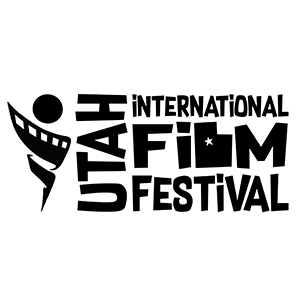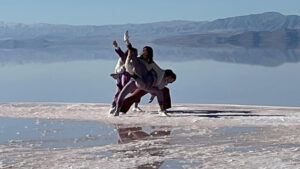Utah’s Haunting Horrors on Screen
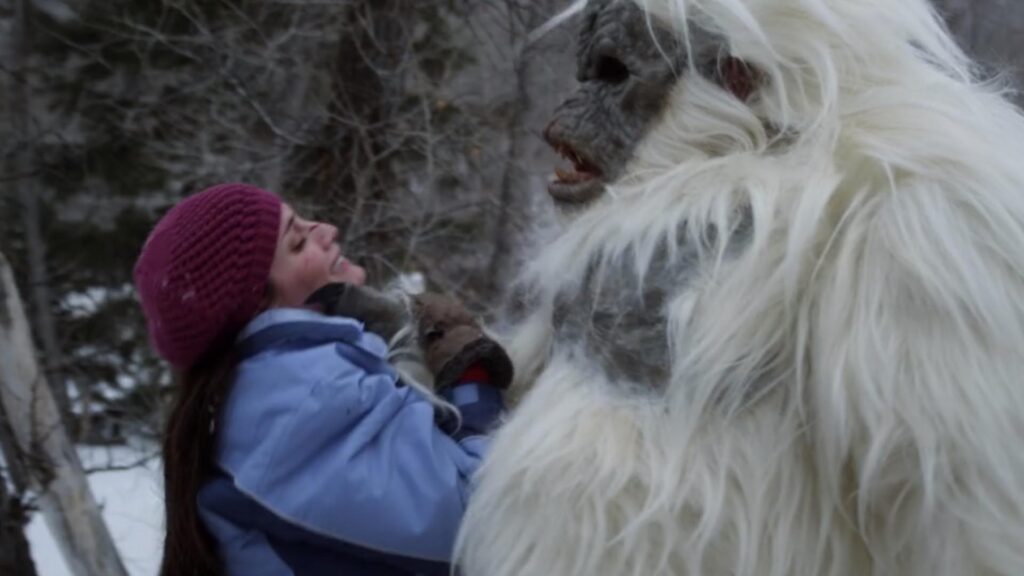
Utah, known for its stunning natural landscapes and vibrant culture, might not be the first place that comes to mind when you think of horror movies. However, the state has a surprisingly rich history in the genre, with several spine-chilling films crafted within its borders over several decades. Let’s take a trip down the eerie lane and explore some of the most notable horror movies made in Utah.
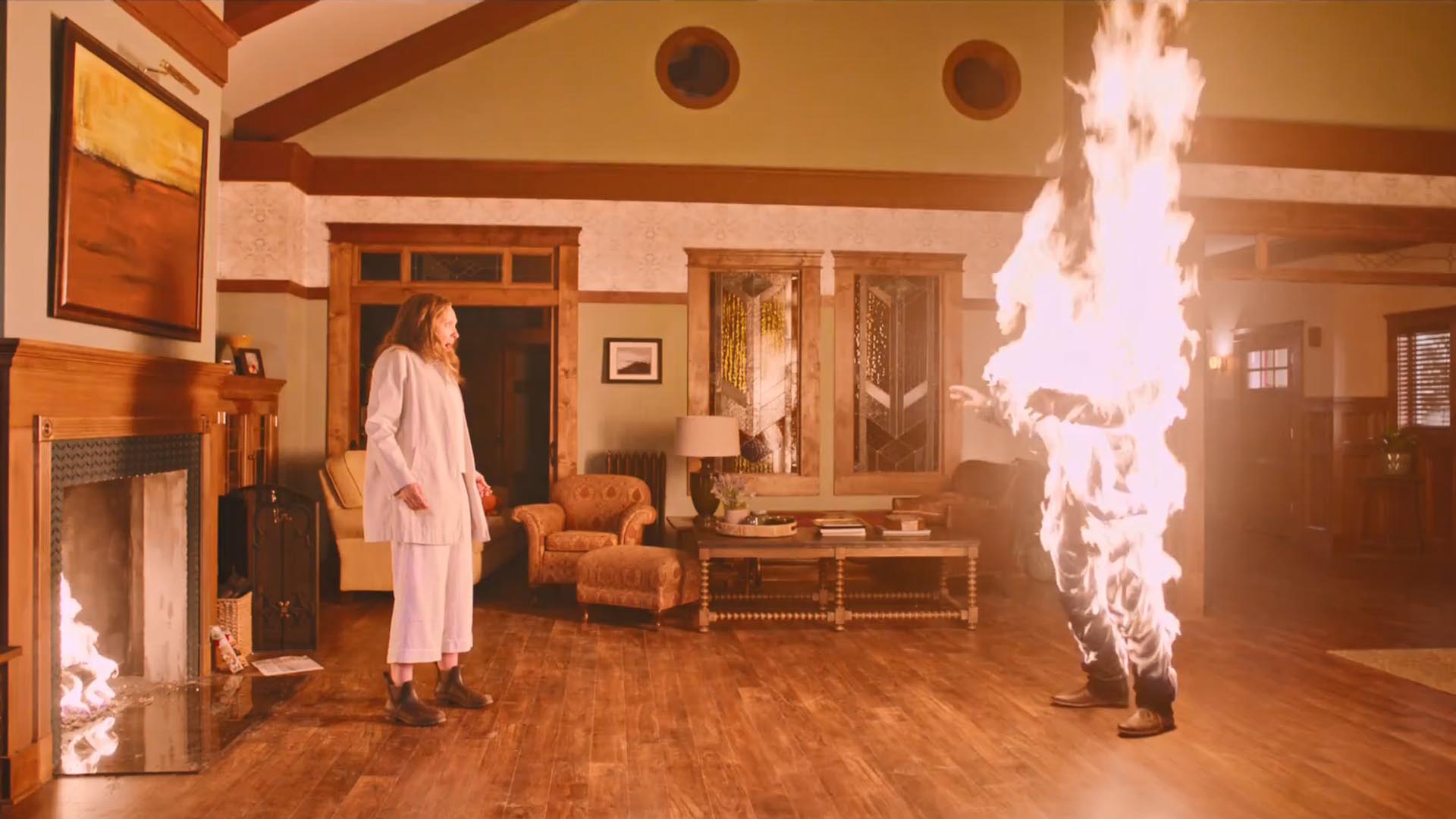
“Hereditary” (2018)
Although not entirely set in Utah, parts of Ari Aster’s critically acclaimed horror film were shot in the picturesque towns of Salt Lake City and Park City. “Hereditary” explores the dark secrets of a family haunted after the death of their secretive grandmother, leading to a series of disturbing events.
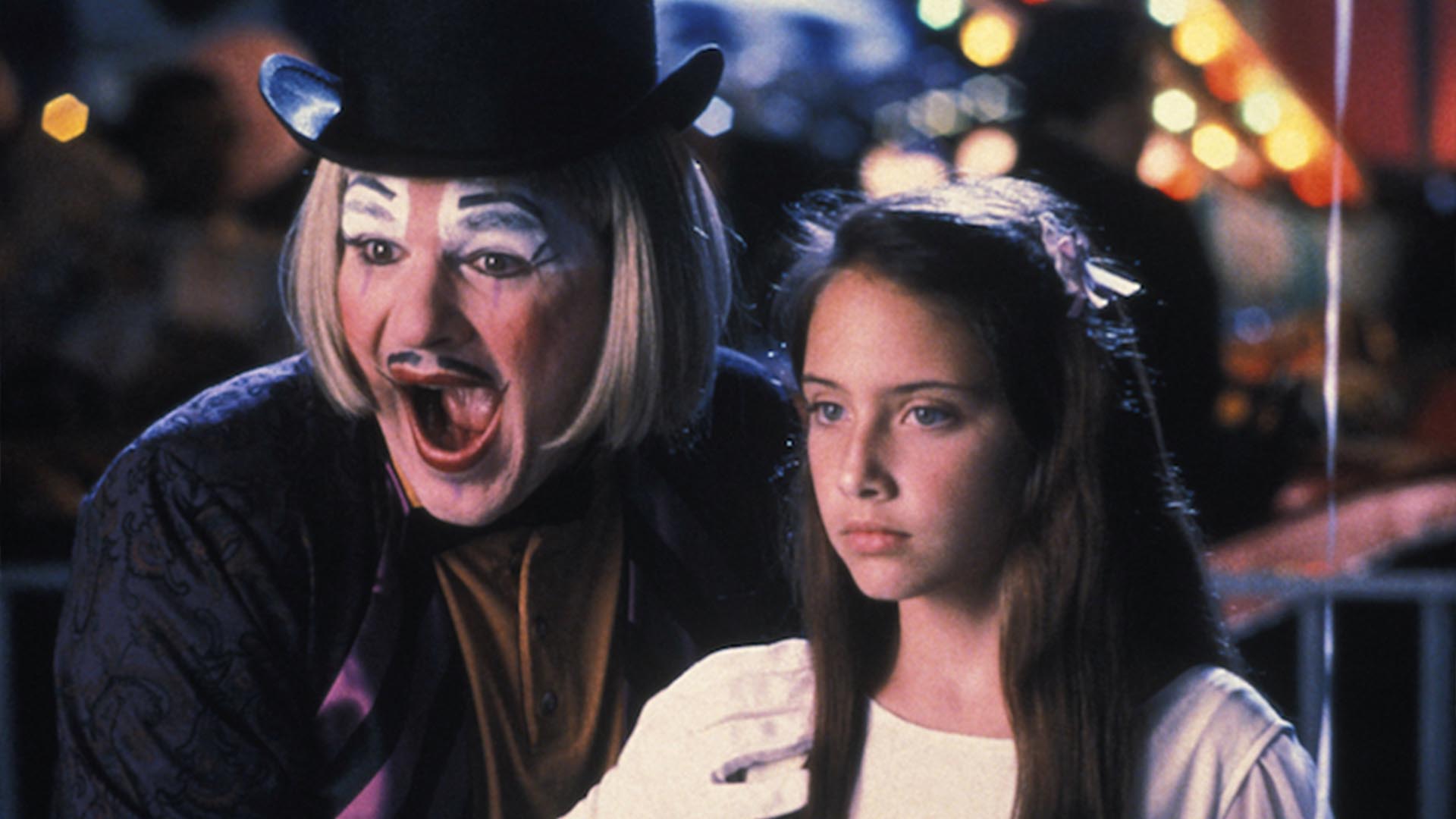
“Carnival of Souls” (1998)
Director Adam Grossman brought this cult classic back to life in 1998. Shot in the atmospheric Saltair Pavilion on the shores of the Great Salt Lake, this eerie tale follows a young woman haunted by strange visions after surviving a traumatic accident.
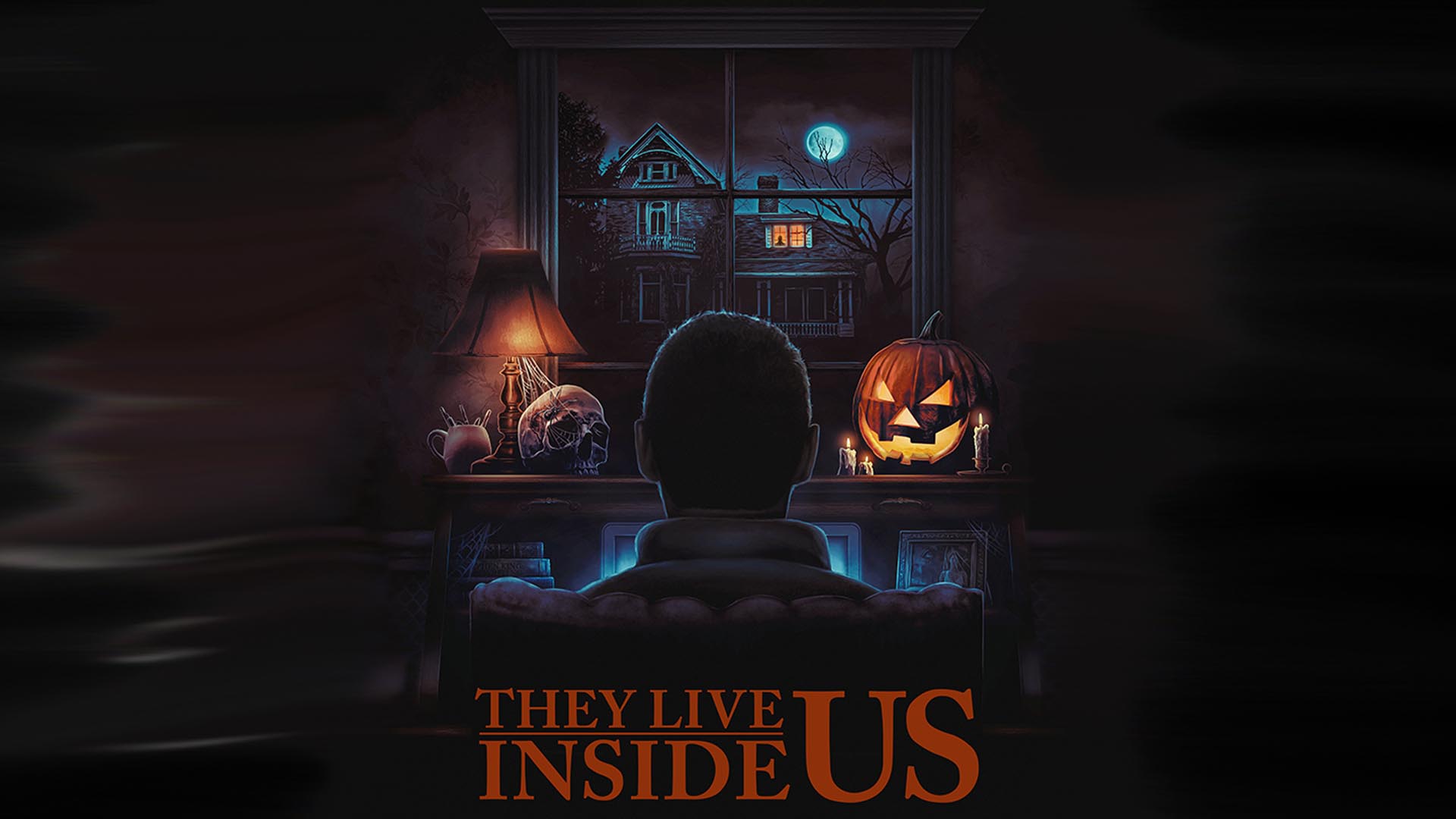
“They Live Inside Us” (2020)
The horror film directed by Michael Ballif, was not only set in Utah but also entirely filmed in the picturesque landscapes of the state. This indie gem takes audiences on a chilling journey into the world of horror storytelling, blurring the lines between reality and fiction.

“BATS” (1999)
The science fiction horror film directed by Louis Morneau, found its eerie setting in the small town of Magna, Utah. The film, which revolves around a town overrun by genetically mutated bats, utilized Magna’s unique charm and rural atmosphere to create a chilling backdrop for the terrifying events that unfold. Magna’s picturesque yet haunting surroundings contributed significantly to the film’s overall atmosphere, infusing the story with a sense of dread and unease. With its quaint streets and scenic locales, Magna provided an authentic backdrop for the unfolding horror, making the town an essential character in the film.
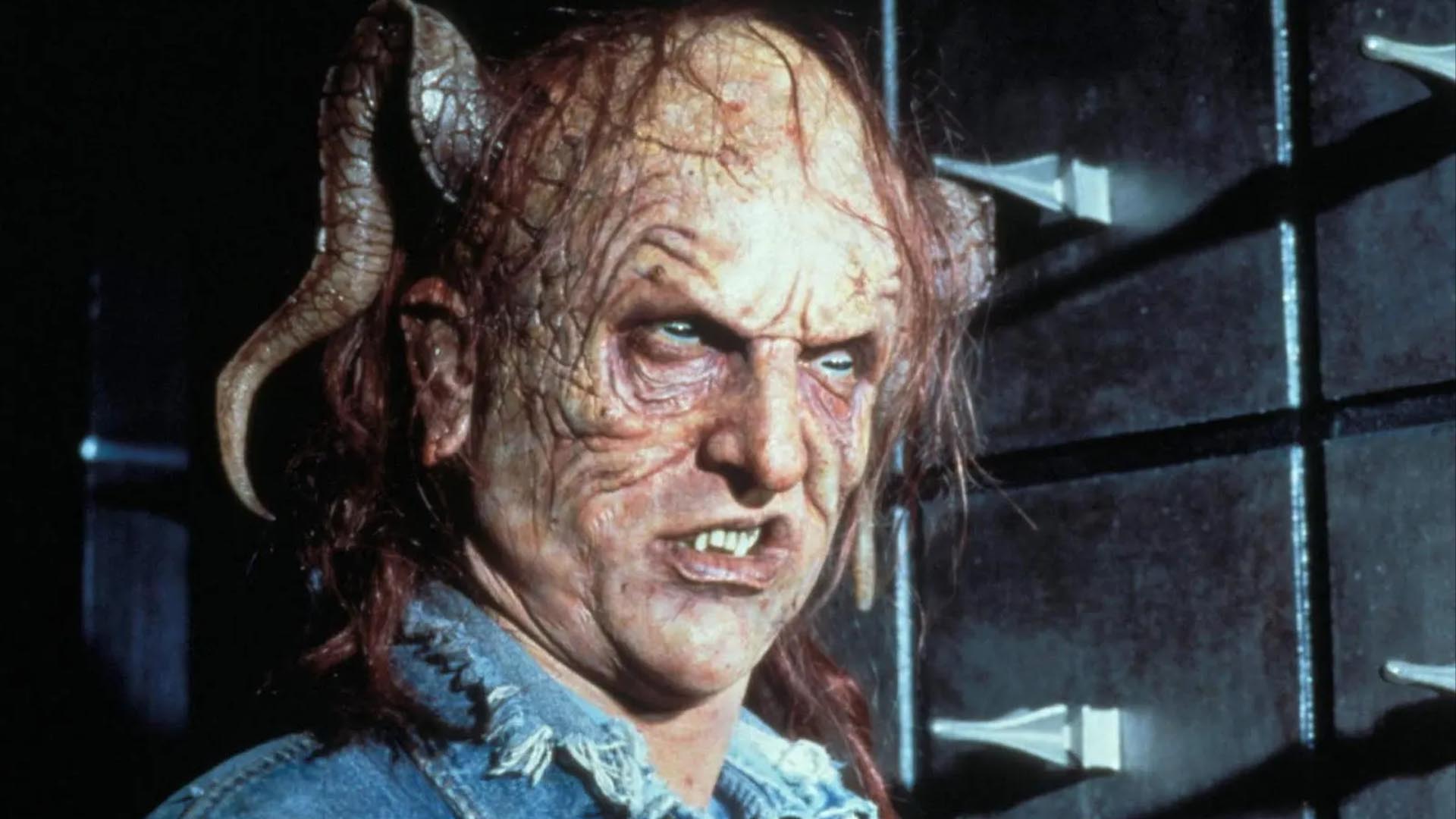
“The Stand” (1994)
This television miniseries adaptation of Stephen King’s epic post-apocalyptic novel, found its eerie and desolate landscapes right here in Utah. Directed by Mick Garris, the production team chose Utah’s vast and diverse terrains as the backdrop for this gripping tale of survival after a deadly pandemic wipes out most of humanity. The state’s rugged desert expanses and sweeping vistas lent an unsettling authenticity to the devastated world portrayed in the series. From the iconic Bonneville Salt Flats to the hauntingly beautiful mountainscapes, Utah’s dramatic scenery played a pivotal role in enhancing the apocalyptic atmosphere of “The Stand.” This choice not only showcased the state’s cinematic potential but also added a haunting layer to the story, making Utah an integral part of the miniseries’ visual narrative.

4. “Troll 2” (1990)
As a cult classic horror film directed by Claudio Fragasso, Troll 2 has earned a special place in cinematic history for being so bad that it’s good, achieving a level of infamy that few movies can match. What makes this film even more intriguing is that it was filmed in various locations across Utah. Despite its unintentionally hilarious dialogue, questionable acting, and a plot that strays far from its predecessor (which didn’t feature any trolls), the film has garnered a dedicated fanbase due to its unintentional humor and surreal charm. Utah’s scenic backdrops inadvertently add to the film’s quirky appeal, juxtaposing the absurdity of the storyline with the picturesque landscapes. The movie’s reputation as a so-bad-it’s-good classic is bolstered by the unintentional humor found in its Utah-filmed scenes, making “Troll 2” a beloved entry in the realm of cult cinema and a testament to the enduring allure of cinematic oddities.
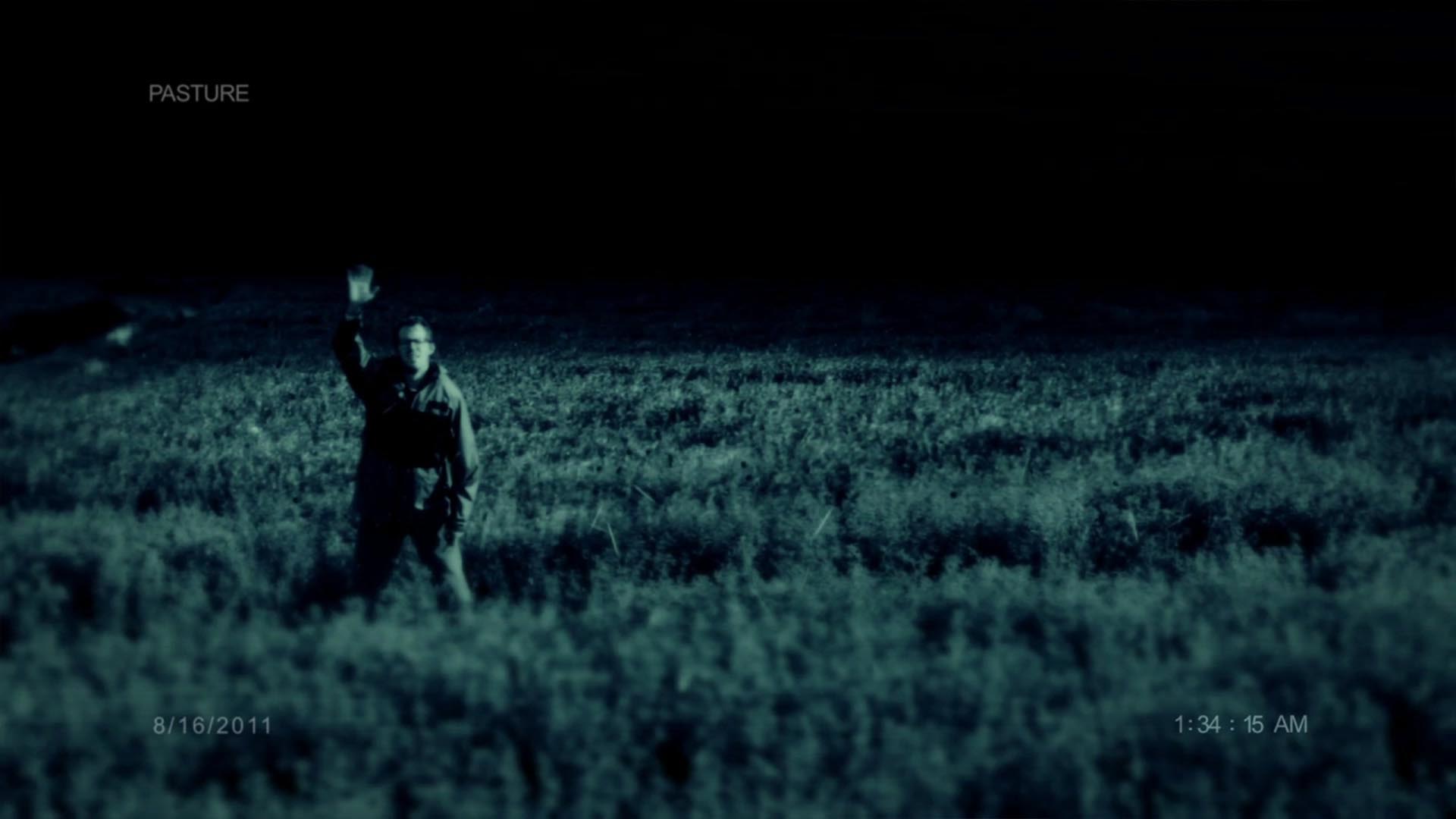
“Skinwalker Ranch” (2013)
The found footage horror film directed by Devin McGinn, was set and filmed in the enigmatic landscapes of Utah. Inspired by the real-life Skinwalker Ranch located in the Uintah Basin, the film delves into the mysterious occurrences and supernatural events surrounding the ranch, exploring the legend of skinwalkers, shape-shifting entities rooted in Native American folklore. Utah’s sprawling deserts and remote rural areas provided an ideal backdrop for the eerie and unsettling atmosphere the film aimed to create. The state’s vast, untouched wilderness added a sense of isolation and dread, amplifying the tension as the characters grappled with unexplained phenomena. By utilizing Utah’s hauntingly beautiful yet ominous terrain, “Skinwalker Ranch” managed to capture the essence of the real-life legends and paranormal mysteries associated with the region, immersing viewers in a spine-tingling cinematic experience.
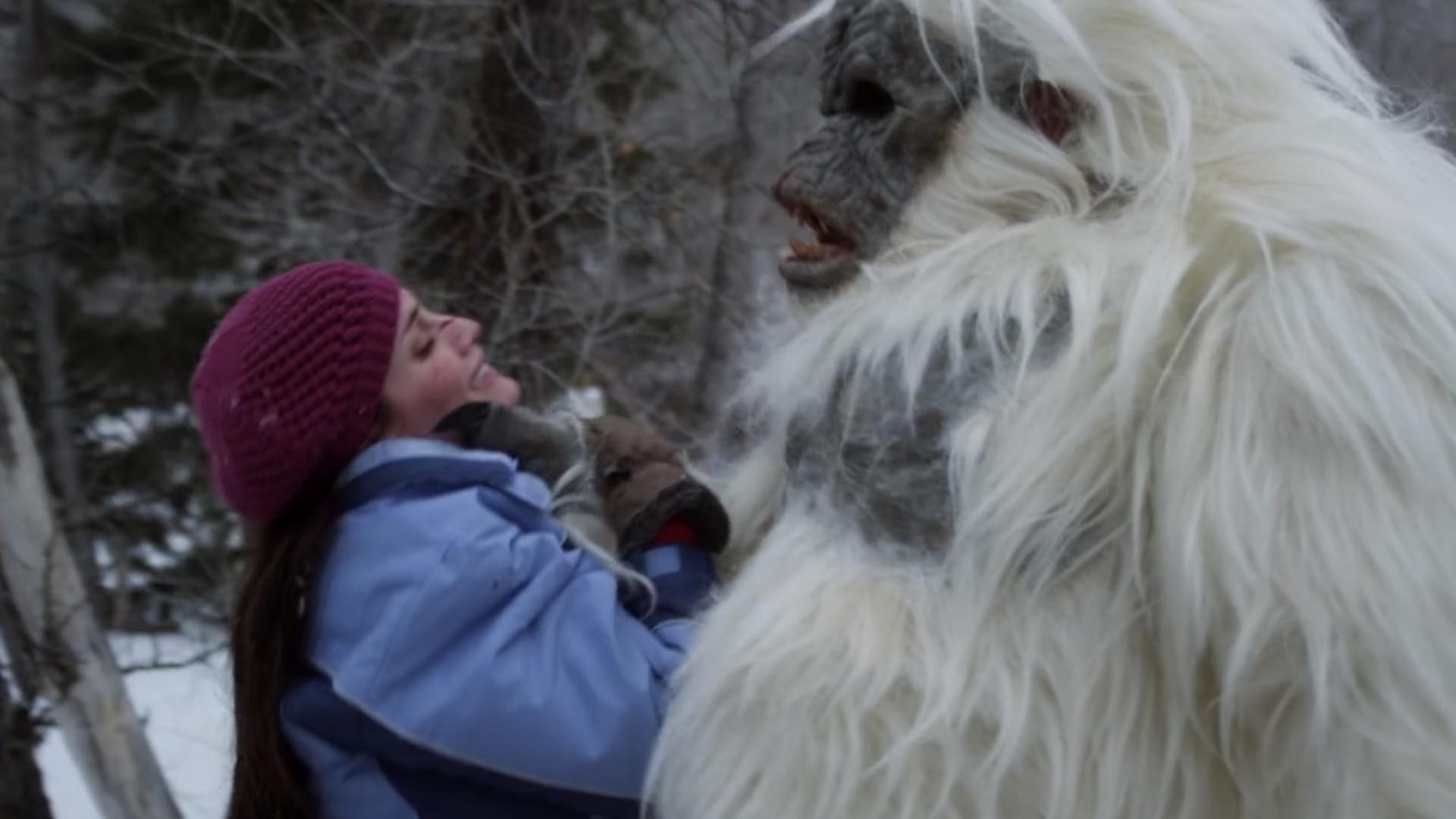
“Snow Beast” (2011)
The made-for-television monster horror film, found its chilling home amidst the snow-capped mountains of Utah. Directed by Brian Brough, the film unfolds in the wintry wilderness of a small Utah town, where a legendary creature terrorizes the residents. Utah’s majestic snowscapes and rugged terrains provided the ideal setting for this suspenseful tale, offering a stark and haunting backdrop against which the menacing snow beast wreaks havoc. The state’s vast, snowy expanses added to the film’s atmosphere of isolation and danger, immersing viewers in the tension of the story. With its snowy peaks and dense forests, Utah’s natural beauty played a significant role in enhancing the film’s authenticity
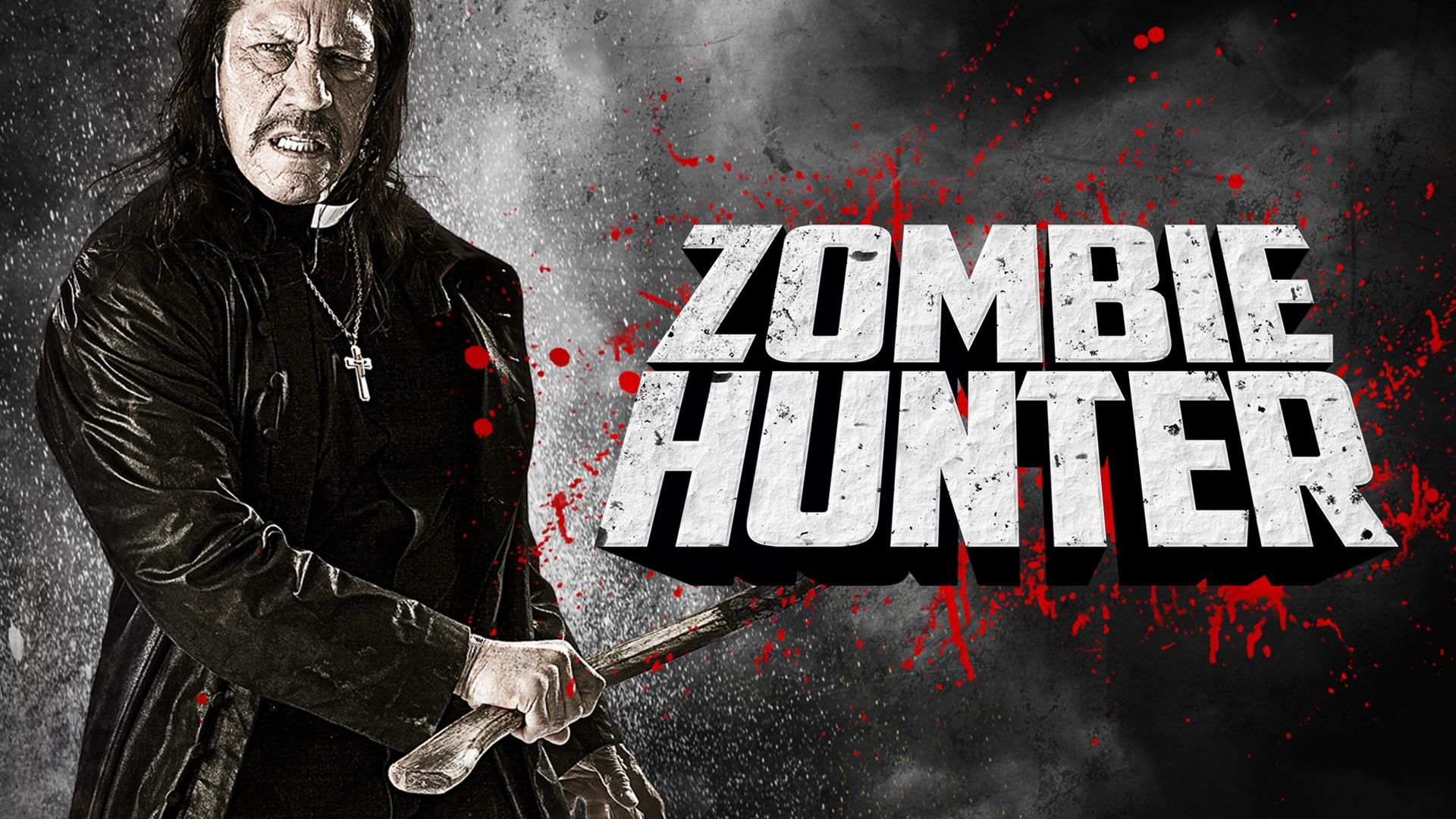
“Zombie Hunter” (2013)
This post-apocalyptic action horror film, chose Utah as its battleground for survival against the undead. Directed by Kevin King, the film unfolds in a desolate, zombie-infested world where a lone survivor, played by Martin Copping, takes on hordes of the undead with ferocious intensity. Utah’s diverse landscapes, ranging from barren deserts to abandoned urban areas, provided the perfect canvas for the film’s gritty, post-apocalyptic setting. The state’s eerie and abandoned locations, often portraying the remnants of a once-thriving society, added a palpable sense of desolation and dread. Utah’s expansive desert regions, in particular, lent an authenticity to the barren wastelands depicted in the film. By utilizing Utah’s stark and haunting environments, “Zombie Hunter” effectively immersed viewers in a nightmarish world where humanity fights for survival against the relentless onslaught of the undead.
Utah’s diverse landscapes, from its eerie deserts to picturesque mountains, provide a unique and captivating backdrop for horror filmmakers. Over the years these films, among others, have showcased the state’s ability to create compelling and chilling narratives within the genre. As Utah continues to be a hub for independent cinema, we can only anticipate more terrifying tales emerging from this hauntingly beautiful state in the years to come.
